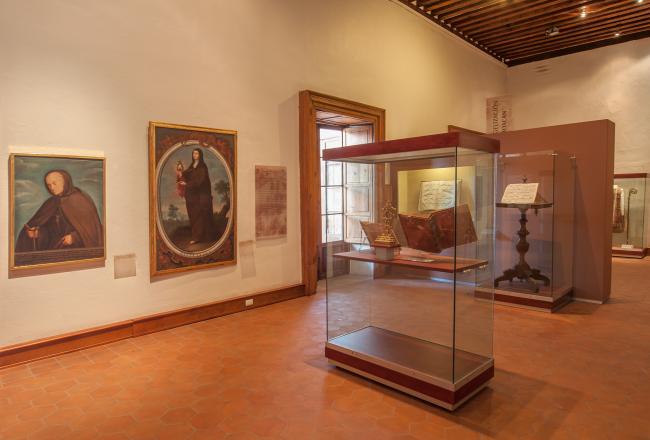
Evangelization in Michoacán
Sala
This section highlights the missionary work of Vasco de Quiroga and the newly arrived religious orders that supported his vision.
Vasco de Quiroga
Vasco de Quiroga was born around 1480 in the town of Madrigal de las Altas Torres, in Old Castile. Trained as a lawyer, he eventually entered the service of the Spanish Crown. His work as a public official took place outside the Iberian Peninsula, in Spain’s overseas territories. In 1525, he was appointed as a "juez de residencia" (royal inspector) in North Africa, and in 1531 he traveled to New Spain to serve as an "oidor" (judge) of the Second Royal Audiencia of Mexico. There, he encountered the complex reality that followed the Conquest: the exploitation and abuse of Indigenous people by "encomenderos", and a severe political crisis caused by the misrule of the First Audiencia.
Around 1533, Quiroga arrived in Michoacán as a visiting inspector for the Royal Audiencia to investigate Indigenous grievances and mining activities in the region. There, he carried out an outstanding social mission of pacification, evangelization, and community organization. Due to the importance of his work—and despite having no ecclesiastical training—the Crown proposed him as the first bishop of Michoacán, a position he held from 1538 until his death in 1565. Shortly before passing away, Vasco de Quiroga dictated a “Memoria y declaración,” considered his spiritual testament. In this document, he laid out the legal foundations for his major works and institutions: the Colegio de San Nicolás Obispo and the "pueblos-hospitales" (hospital-towns) of Santa Fe, inspired by Thomas More’s Utopia.


